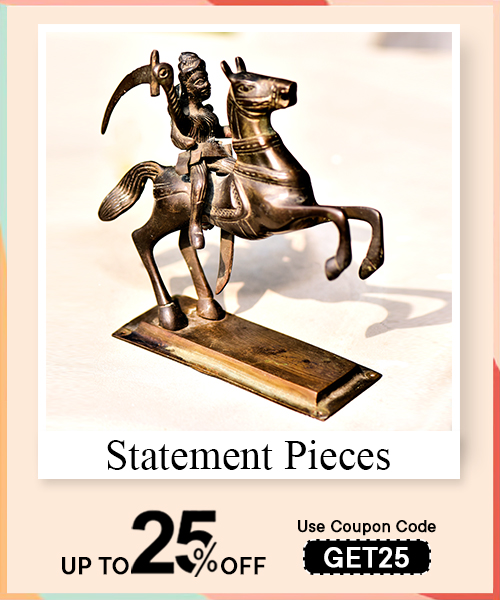Navratri, a vibrant and auspicious festival, is celebrated with immense devotion and enthusiasm across India. This festival, which marks the victory of good over evil, is dedicated to worshipping the nine forms of the goddess Durga. It brings together people from various ethnic backgrounds, uniting them in the spirit of devotion and festivity.
Chaitra Navratri is a vibrant and spiritually significant festival that takes place during the spring season, specifically in the Hindu month of Chaitra (March or April). This festival celebrates the divine feminine power through nine days of devotion, rituals, and festivities. Each day is dedicated to one of the nine forms of Goddess Durga, symbolizing the triumph of good over evil, strength, and renewal.
Unlike Sharad Navratri, celebrated in autumn, Chaitra Navratri coincides with the beginning of the Hindu calendar year, marking a period of rejuvenation, transformation, and spiritual reflection. It is a time when devotees seek blessings for health, prosperity, and inner peace.
Read More : When is Lohri and Makar Sankranti ?
Chaitra Navratri isn’t merely a religious observance; it reflects profound spiritual and cultural values. Each form of Maa Durga represents a unique facet of life, teaching lessons in courage, wisdom, and devotion. The festival also aligns with seasonal changes, symbolizing the renewal of life and the transition to spring.
The celebration of Chaitra Navratri varies widely across India, reflecting the diversity of regional traditions and customs.
- Northern India: In the northern states, devotees observe the festival with fasting, daily prayers, and bhajans. The final two days are especially significant, with Kanya Pujan being a highlight, where young girls symbolizing the goddess are worshipped and offered gifts.
- Western India: In states like Gujarat and Maharashtra, traditional folk dances such as Garba and Dandiya Raas take center stage. Devotees decorate their homes with colorful rangolis, flowers, and earthen lamps, celebrating the goddess with joy and devotion.
- Eastern India: Bengal, Assam, and Odisha focus on grand Durga Poojas and elaborate rituals. Temples and homes come alive with devotional songs, drumming, and offerings of fruits and sweets to the goddess.
- Southern India: In Tamil Nadu, Andhra Pradesh, and Karnataka, Navratri is marked by arranging dolls and figurines in a step-like arrangement called Golu. Devotees sing hymns, perform poojas, and invite guests to view the beautifully decorated displays.
The festival brings a sense of unity as homes, temples, and community spaces transform into hubs of divine energy.
- Sacred Altars and Kalash Sthapana: The festival begins with Ghatasthapana or the establishment of a holy Kalash, a symbol of prosperity and auspiciousness. The altar is adorned with red cloth, fresh mango leaves, and sacred grains, creating a sanctified space for worship.
- Use of Flowers and Natural Decor: Fresh flowers, garlands, and neem leaves are used to decorate the altar and pooja areas. These elements signify purity and the renewal of life, resonating with the essence of spring.
- Lighting and Rangoli Designs: Earthen lamps and intricate rangoli designs in vibrant colors adorn the entrances of homes, inviting positivity and blessings.
The rituals performed during Chaitra Navratri hold deep spiritual meaning, connecting devotees with the divine.
- Daily Worship of Goddess Durga’s Forms: Each day honors a different manifestation of Durga, from the fierce Kali to the nurturing Annapurna. Devotees offer prayers, chant mantras, and perform aarti to invoke her blessings.
- Fasting and Feasting: Fasting during Navratri is not merely a dietary practice; it’s a form of spiritual cleansing. Devotees consume sattvic food such as fruits, nuts, and special Navratri dishes, avoiding grains and spices to maintain purity.
- Kanya Pujan: On the eighth or ninth day, young girls are worshipped as embodiments of the goddess. They are invited to partake in a special feast and are gifted clothes, sweets, or money as blessings.
Read More : Mahashivratri Special - Shiv Mandir decoration ideas
Fasting during Navratri is deeply rooted in tradition and spirituality.
- Spiritual Significance: Fasting signifies self-discipline and devotion. By abstaining from worldly pleasures, devotees focus on connecting with the divine.
- Health Benefits: According to Ayurveda, fasting during seasonal transitions helps detoxify the body, strengthens immunity, and harmonizes energy levels. The consumption of light, sattvic food enhances mental clarity and spiritual focus.
Music and dance play an integral role in Chaitra Navratri. Devotional songs and folk performances energize communities, infusing the air with joy and spirituality.
Chaitra Navratri coincides with spring, symbolizing growth, renewal, and harmony with nature. This connection is reflected in the use of natural elements in rituals and decor.
Chaitra Navratri is more than a festival; it’s a time to introspect, renew, and strengthen one’s connection with the divine. It unites people through shared rituals and traditions while celebrating the divine feminine power.
By understanding and embracing the true essence of Navratri, we honor not just the goddess but the values she represents—courage, compassion, and wisdom. Whether through rituals, fasting, or community celebrations, Chaitra Navratri offers a profound spiritual experience that transcends time and culture.

During Navratri fast, people should avoid grains like wheat and rice, and instead, consume flours such as Kuttu ka Aata (buckwheat flour), Singhare ka Aata (water chestnut flour), Rajgira ka Aata (Amaranth flour), and samai ke chawal (barnyard millets). Fruits like bananas, apples, watermelons, and seasonal fruits, along with vegetables such as potatoes, arbi, sweet potato, yams, lemon, spinach, bottle gourd, cucumber, and carrots, are recommended.
Onion and garlic are avoided during Navratri as part of the fasting guidelines. Non-vegetarian food, eggs, smoking, alcohol, and aerated drinks are also not consumed during Navratri.
Dishes like Halwa, puri, and chana are commonly offered. Sweet pongal, rice payasam, ven pongal, curd rice, medhu vada, black chana sundal, chalimidi, panakam, vadapappu, sabudana khichri, sabudana vada, sabudana pappad, and makhanas are also staple fast foods.
Indulge in mouth-savouring dishes of the special occasion while worshipping Maa Shakti and Durga. Fasting helps relax the mind, boosts morals, and strengthens devotion and dedication towards prayers and worshipping. You can check for various recipes online with just one click. Engage enthusiastically and have a happy Navratri!
Read More : Maha Shivratri Date, Muhurt, Puja Vidhi and Pandal Decoration
Navratri is a time of immense joy and spiritual reflection. It allows devotees to reconnect with their inner selves and seek blessings from the divine. By participating in the rituals, fasting, and celebrations, one can experience the true essence of this beautiful festival. May this Navratri bring peace, prosperity, and happiness to all.















